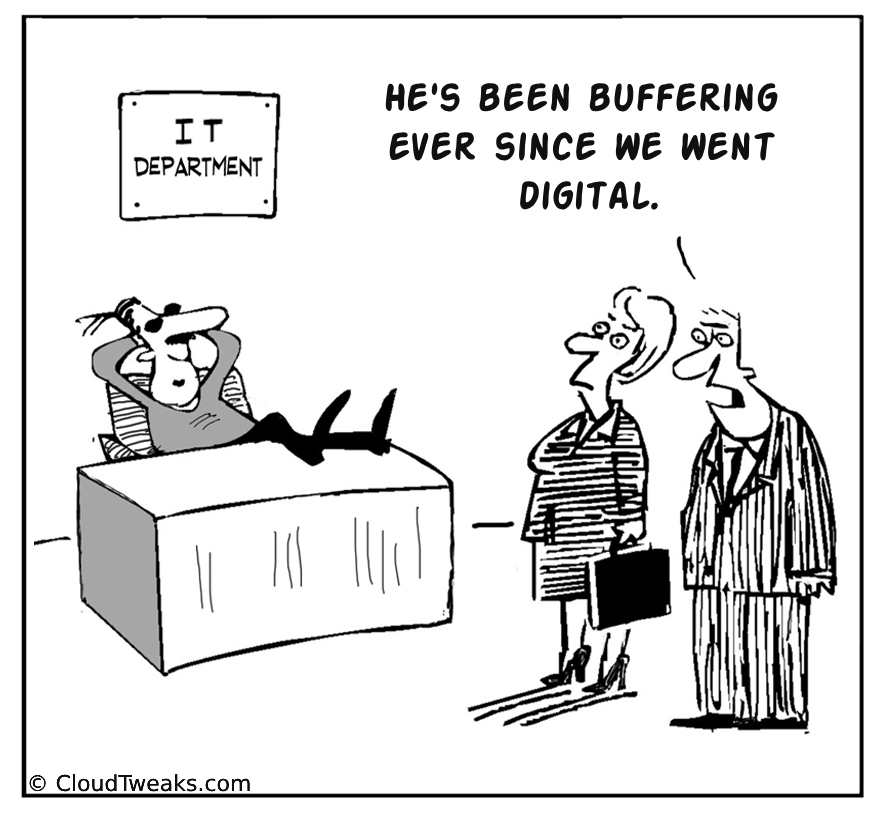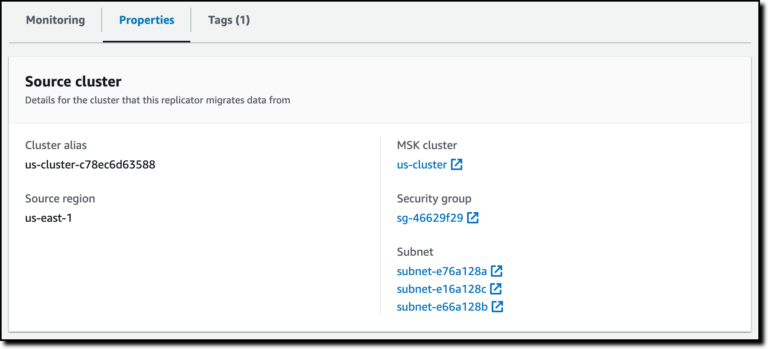In the rapidly evolving landscape of global business, intellectual property (IP) stands as the cornerstone of innovation and competitive advantage in industries ranging from manufacturing to entertainment. Yet, as much as technology has fortified the defenses of corporations, it has also paved the way for new vulnerabilities. Among these, insider threats loom large, often overlooked yet devastatingly effective – the modern-day Trojan Horses of the business world.
This blog post aims to enlighten CISOs and business executives about the nuances of insider threats in the context of IP theft, offering insights into not only recognizing but effectively countering these hidden dangers within their organizations.
The Historical Parallel: The Trojan Horse
The tale of the Trojan Horse is one etched in the annals of history and mythology, a narrative of deception and strategic cunning that led to the fall of the ancient city of Troy. The Greeks, unable to penetrate the fortified walls of Troy, resorted to subterfuge by constructing a large wooden horse, ostensibly as a peace offering. The Trojans, unaware of its contents, brought the horse into the city. Under the cover of night, Greek soldiers hidden inside emerged, opening the gates for their army and leading to the city’s downfall.
This age-old story mirrors the insidious nature of insider threats in today’s corporate world. Just as the Trojans unwittingly welcomed their downfall within their walls, businesses, too, can inadvertently harbor threats from within. These insider threats, whether stemming from malicious intent or negligence, can bypass many of the traditional defenses organizations put in place, leading to significant IP theft and subsequent damage.
Understanding Insider Threats

Insider threats are incidents where current or former employees, contractors, or business associates who have access to an organization’s network, data, or premises misuse their access to negatively impact the organization’s critical information or systems. These threats can manifest in various forms:
- Malicious Insiders: These individuals intentionally harm the organization, often for personal gain or out of spite. They may steal sensitive information, sabotage systems, or facilitate external attacks.
- Negligent Insiders: Often overlooked, these threats stem from employees or associates who inadvertently cause harm due to carelessness or lack of awareness. This includes mishandling data, falling prey to phishing attacks, or improper usage of IT resources.
- Infiltrators: These are external actors who gain internal access through various means, often masquerading as legitimate employees or partners.
Trade secret theft often occurs at the crossroads of internal access and employee conduct. The misappropriation of trade secrets by employees, driven by internal discontent or external incentives, poses a significant threat to businesses. For instance, external rivals may try to lure key employees away with the promise of valuable commercial insights, or disgruntled employees may start competing ventures by misusing trade secrets.
Considering that the total estimated cost from the theft of American intellectual property is projected to increase by 36% in 2023 alone, businesses must defend against these trojan horses to limit the potential and the subsequent impact.
The Impact of Insider Threats on IP Security
The ramifications of insider threats on intellectual property security are both profound and multifaceted. Unlike external attacks, which are often blunt and easily detectable, insider threats can be subtle, elusive, and, consequently, more damaging. This section delves into the impacts of these threats on businesses, particularly in industries where IP is the linchpin of value and innovation.
Financial and Competitive Losses
The most immediate and tangible impact of insider-induced IP theft is financial loss. When sensitive designs, formulas, or creative content are misappropriated, businesses face not only the direct costs of these losses but also potential revenue decline due to compromised market positions. In industries like pharmaceuticals or automotive, where R&D investments are colossal, a breach in IP can result in monumental setbacks, both in terms of financial outlays and time-to-market delays. Furthermore, when this stolen IP finds its way to competitors or is illicitly commercialized, the original innovators suffer significant competitive disadvantages.
Even when sensitive data are not the target of IP theft, the financial ramifications can be enormous. An often-cited estimate from 2007 by the Institute for Policy Innovation says that music piracy costs the U.S. economy more than $12 billion annually.
Long-term Strategic Impediments
Finally, the impact of insider threats extends to the strategic level. Intellectual property theft is not limited to domestic borders; it is a global issue as well. The U.S. Chamber of Commerce ranks countries based on their protection of intellectual property. Unfortunately, some countries with weak enforcement measures and inadequate legal frameworks can provide havens for infringers. This not only undermines the efforts of innovators but also disrupts fair competition and international trade.
Strategies to Combat Insider Threat
In the battle against insider threats, a multi-layered approach to IP protection is essential. Here are key strategies to strengthen defenses against such threats:
- Start by conducting thorough risk assessments to identify potential insider threat vectors. This involves analyzing employee roles, access levels, and the sensitivity of the data they handle. Regular audits and monitoring systems can highlight unusual activities or access patterns that might indicate a threat.
- Implement strict access controls to ensure that employees have only the necessary level of access to perform their duties. Regularly review and adjust these permissions. Employing advanced monitoring tools can also help in detecting suspicious activities in real-time.
- Educate employees about the risks and indicators of insider threats. Regular training sessions can enhance awareness and encourage employees to report suspicious activities. This not only helps in early detection but also fosters a culture of security within the organization.
- Invest in specialized insider threat detection solutions that utilize machine learning and behavioral analytics to identify potential threats. These tools can provide early warnings of malicious activities, allowing for prompt intervention.
- Have a well-defined incident response plan that includes procedures for dealing with insider threats. This ensures a swift and effective response, minimizing potential damage.
Building a Resilient Defense
Creating a resilient defense against insider threats requires a holistic approach, blending technology, policies, and culture. Encourage a culture where security is everyone’s responsibility. This includes fostering open communication and trust among employees, making it easier to identify and report potential threats.
While technology plays a crucial role in detecting and preventing threats, human insight is equally important. Regular interaction and engagement with employees can often reveal underlying issues that might lead to insider threats.
As the cybersecurity landscape constantly evolves, regularly reviewing and updating security policies and practices is essential to stay ahead of emerging threats, including insider risks.
Conclusion
Insider threats, akin to the ancient Trojan Horse, are a formidable challenge in safeguarding intellectual property. They require a nuanced understanding and a multifaceted defense strategy. For CISOs and business executives, the key is not just to build walls higher but to foster a vigilant, informed, and responsive organizational environment. Proactivity is the watchword, and with the right mix of technology, policy, and culture, businesses can effectively safeguard their invaluable intellectual assets.
By Anastasios Arampatzis


